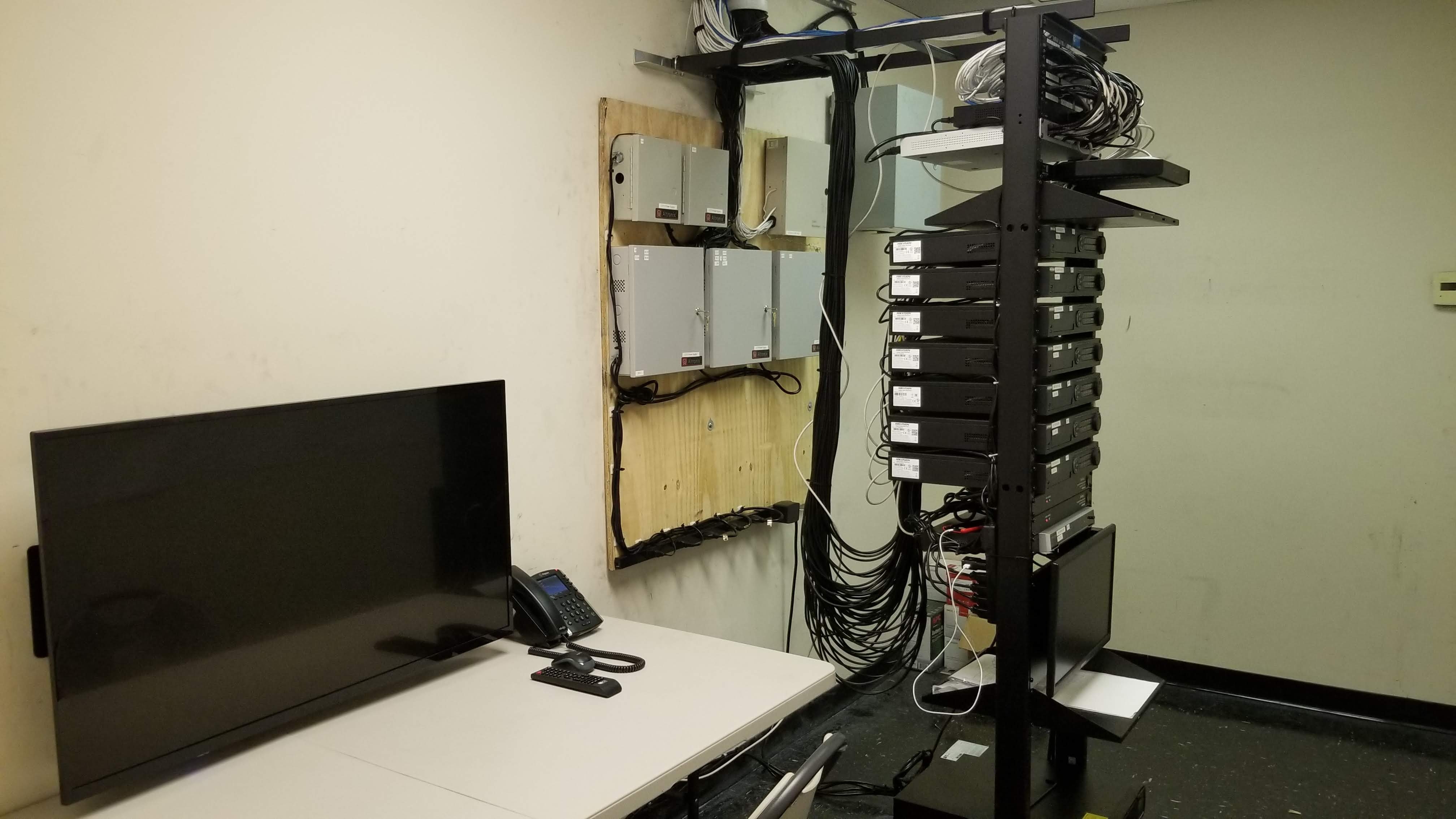Expert Server Rack Installation Services for Optimal Performance
In the dynamic world of information technology, the efficiency and reliability of server infrastructure hinge significantly on expert server rack installation. This foundational aspect guarantees the optimal performance of computing resources and extends their longevity. These steps ensure that installations meet the stringent requirements of modern data centers, emphasizing the critical role of professional server rack installation services in realizing end-to-end integration of network components.

Preparing for Installation
Assessing Requirements. To ensure a successful server rack installation, it is critical to assess current and future needs. This involves tallying the total rack units required and accounting for future expansions. It is also essential to consider environmental factors like ceiling height, clearance regulations, and the physical dimensions of the space where the rack will be installed.
Selecting Appropriate Equipment. Choosing the right server rack involves determining its size based on its internal dimensions and the type of equipment it needs to accommodate. Select a fully perforated rack for maximum airflow or a fully sealed one if using liquid cooling systems. Always ensure the rack's external dimensions can be accommodated in the designated space.
Planning the Layout. Careful planning of the rack layout is crucial for operational efficiency and ease of maintenance. Planning includes placing heavy items at the bottom to prevent the rack from becoming top-heavy and planning cable management to maintain a tidy setup. Ensure sufficient airflow space and easy access for maintenance and future expansions.
Server Rack Installation Process
- Assembly of Racks begins by adjusting the rack depth to accommodate the specific equipment. This is typically done using a sliding mechanism on the server rack that allows for precise fitting. Ensure that the outer rail and rear bracket are aligned correctly before securing them with flathead screws.
- Mount the server rails and shelves after the depth has been adjusted. For racks with square holes, use cage nuts to secure the rails. Heavier equipment should be placed at the lower part of the rack to maintain stability and reduce injury risks during installation.
- Implement proper cable management practices by using Velcro wraps and ties to bundle and label cables as per ANSI TIA 606-B standards. Ensure cables are not hanging loosely to avoid damage and maintain airflow efficiency.
- When installing server racks, it's advisable to position the rack enclosures in solid rows, forming hot aisles (where racks are positioned back-to-back) and cold aisles (where racks face each other). This layout, known as the hot-aisle/cold-aisle configuration, can help reduce energy consumption by up to 20%. Additionally, racks should be bayed or connected side-to-side to enhance organization and stability.
Post-Installation Checks and Maintenance
Testing and Verification
- Stability and Load Tests: After installation, it's crucial to conduct tilt and load tests to ensure the server rack is stable and can handle the specified maximum load without structural issues.
- Vibration and Seismic Testing: Perform vibration testing to simulate conditions like machinery vibrations and foot traffic. Seismic testing is also essential to verify that the rack can withstand earthquakes, adhering to local safety standards.
Routine Maintenance Tips
- Environmental Monitoring: Regularly check and maintain optimal temperature and humidity levels to prevent hardware damage. Use environmental sensors to monitor conditions and set up alerts for any deviations.
- Physical Inspections: Periodically inspect the rack for secure fastenings and overall condition. Ensure that fans and cooling systems are operational and debris-free to avoid overheating.
Troubleshooting Common Issues
- Airflow Problems: Address any airflow issues by ensuring proper fan function and using air conditioners or cooling racks as necessary. Check for and resolve any obstructions or misalignments that could cause hot spots.
- Cable management: Regularly audit and manage cables to prevent disorganization and potential hazards. Use tools like Velcro and cable management accessories to keep cables neatly organized and easily accessible.
If you want to learn more about server rack installation services, contact Kudox Network today. Our team of professionals can provide advice and is ready to help you maximize your home or office networking capabilities. Call today (310-827-2288) or contact us to get a quote.
